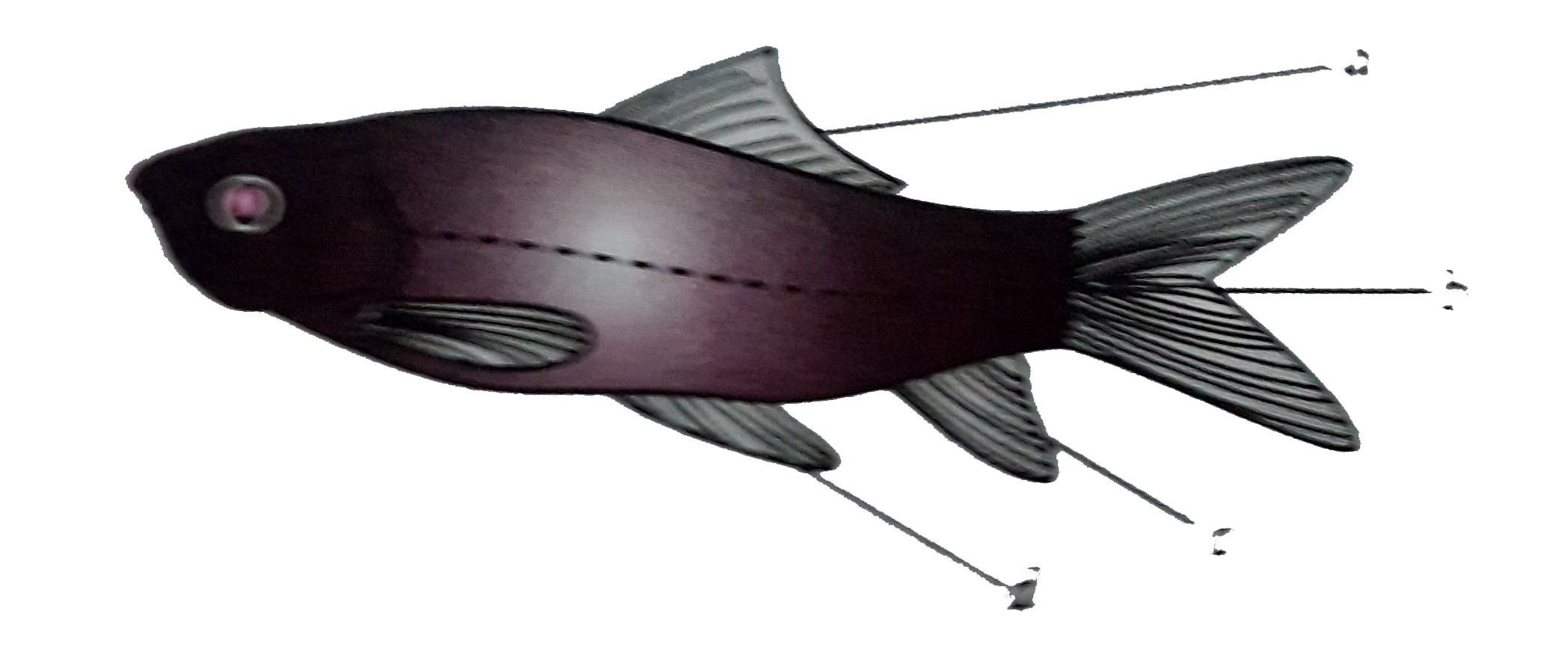If A={1, 2, 3, 4} and B={a, b, c, d} . Define any four bijectives from A to B . Also, give their inverse functions.
f1={(1,a),(2,b),(3,c),(4,d)}⇒f−11={(a,1),(b,2),(c,3),(d,4)}
f2={(1,b),(2,a),(3,c),(4,d)}⇒f−12{(b,1),(a,2),(c,3),(d,4)}
f3={(1,a),(2,b),(4,c),(3,d)}⇒f−13{(a,1),(b,2),(c,4),(d,3)}
f4={(1,b),(2,a),(4,c),(3,d)}⇒f−14={(b,1),(a,2),(c,4),(d,3)}
Clearly, all these are bijections because they are one-one and onto.
Topper's Solved these Questions
Similar Questions
A={1,2,3,4},B={a,b,c,d,e}, then the number of all possible constant functions from A to B is
View SolutionIf A={−1,2,3} and B={0,3,5} then what is the number of bijections from A to B?
View SolutionIf A={−1,2,3} and B={0,3,5,7} then what is the number of bijections from A to B?
View SolutionIf n(A)=n(B)=3, then how many bijective functions from A to B can be formed?
View SolutionIf f:R→ is defined by f(x)=3x–5 Prove that f is a bijection. Also, find the inverse of f.
View SolutionLabel a,b,c and d, given in Fig. Give the function of (b)

View SolutionIf f:A→B,g:B→C are bijective functions show that gof:A→C is also a bijective function.
View SolutionGiven : A={a,b,c,d} and B={1,2,3,4}.
Form order pairs showing a many - one function from A to B.
View SolutionGiven : A={a,b,c,d} and B={1,2,3,4}.
Form ordered pairs showing a one - one function from A to B.
View SolutionLabel a,b,c and d. Given in figure. Give the function of (b)

View Solution
